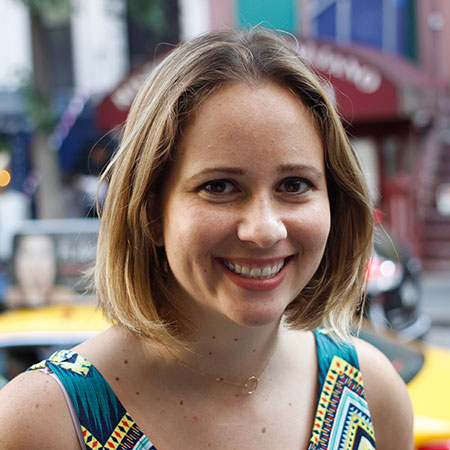Theatrical effects increase as a museum’s lighting shifts from educational to immersive
By Katie Nale
In a converted shopping mall basement below San Antonio sits an underground museum dedicated to one of Texas’s most notorious battles: the Alamo. The museum, named “Battle for Texas: The Experience,” is filled with artifacts and historical tidbits from the pivotal battle in the Texas Revolution against Mexico and the surrounding time period. Guests, who enter the museum though a traditional gallery filled with glass displays and wall-mounted text, embark on an experiential journey of the battle that goes beyond a typical museum experience. “The client’s goals were to develop a center that would display the many fantastic artifacts they have from the Alamo and events surrounding the same era, while also providing insight as to how the people experiencing the Alamo actually felt,” says principal lighting designer Kate Furst of Visual Terrain, Los Angeles, who received a 2018 IES Illumination Award of Merit for the design.
As guests travel deeper into the museum, more theatrical elements are used to transform the space into the site of the historic battle. With approximately 16,385 sq ft of space to light and a modest equipment budget of less than $10 per sq ft, Furst and her team had to find a way to prioritize storytelling without losing the flow of the museum. “We had a lot of real estate to cover with our lighting so we had to be really conscious of our budget. We selected less expensive fixtures and then used different accessories to really maximize what the lights do and how we could use them,” Furst says regarding her work on the year-long project. The accessories allowed the designers to transform the quality of the lighting in different areas of the museum, creating an increased feeling of space and amping up tension as the museum progresses toward the final battle scene.
DIRECTING FOCUS
LED track lights were used to draw attention to the numerous artifacts located in the traditional gallery at the forefront of the museum. Cannonballs, swords, a wagon and traditional Mexican soldier uniforms are among the pieces lit from multiple angles to emphasize their dimensionality, highlight their colors and allow their methods of construction to be seen more clearly. The artifacts and other displays stand out as the brightest elements in the room, attracting attention and allowing visitors to navigate between different displays in a comfortable soft lighting.
“We really executed the lighting in such a way that it would be flexible,” says Furst, who notes that the track lights were placed in infrastructure already present in the ceiling. “We got as much height as we could out of the space.” To differentiate sections of space within the gallery, varying beam shapers and color filters are used with the LEDs to give areas their own personalities. Honeycomb louvers are also incorporated in select locations to minimize glare and enhance guest comfort.
STORY TIME
As the visitors continue through the museum, the lighting transitions with the scenery, fading into nighttime as it incorporates more saturated colors and decorative lantern sources programmed to flicker like flames. Special care was taken in the specification and mounting of the lanterns to conceal the electrical cables, creating a realistic impression for visitors. To create the sense of twilight, one display uses contrasting colors to mimic a cool dappled evening light from the outside and a warm light from within, imitating a lantern lighting an interior as a soldier pens a letter. As guests move forward, the lighting grows even darker and more artifacts are lit with crisp white framing projectors, while the winding circulation paths visitors follow are lit with deep saturated blues.
Guided by live reenactors, guests arriving at the battle are met with a cacophony of coordinated sound, lighting and fog, engaging their senses and bringing them into the fight. Mounted above the wood-slat ceiling and concealed within the scenery are programmed color-changing lights with motorized zoom effects to mimic the explosions and movements of the approaching army. “One of the biggest challenges was dealing with the existing architecture and having to get creative with how we lit the space,” recalls Furst. A control system by ETC allowed the lights to be timed to the appropriate media and battle sounds. When the battle is over, guests are met with more conventional architectural downlight sources, bringing them out of the experience and propelling them back into the real world.


